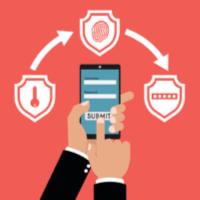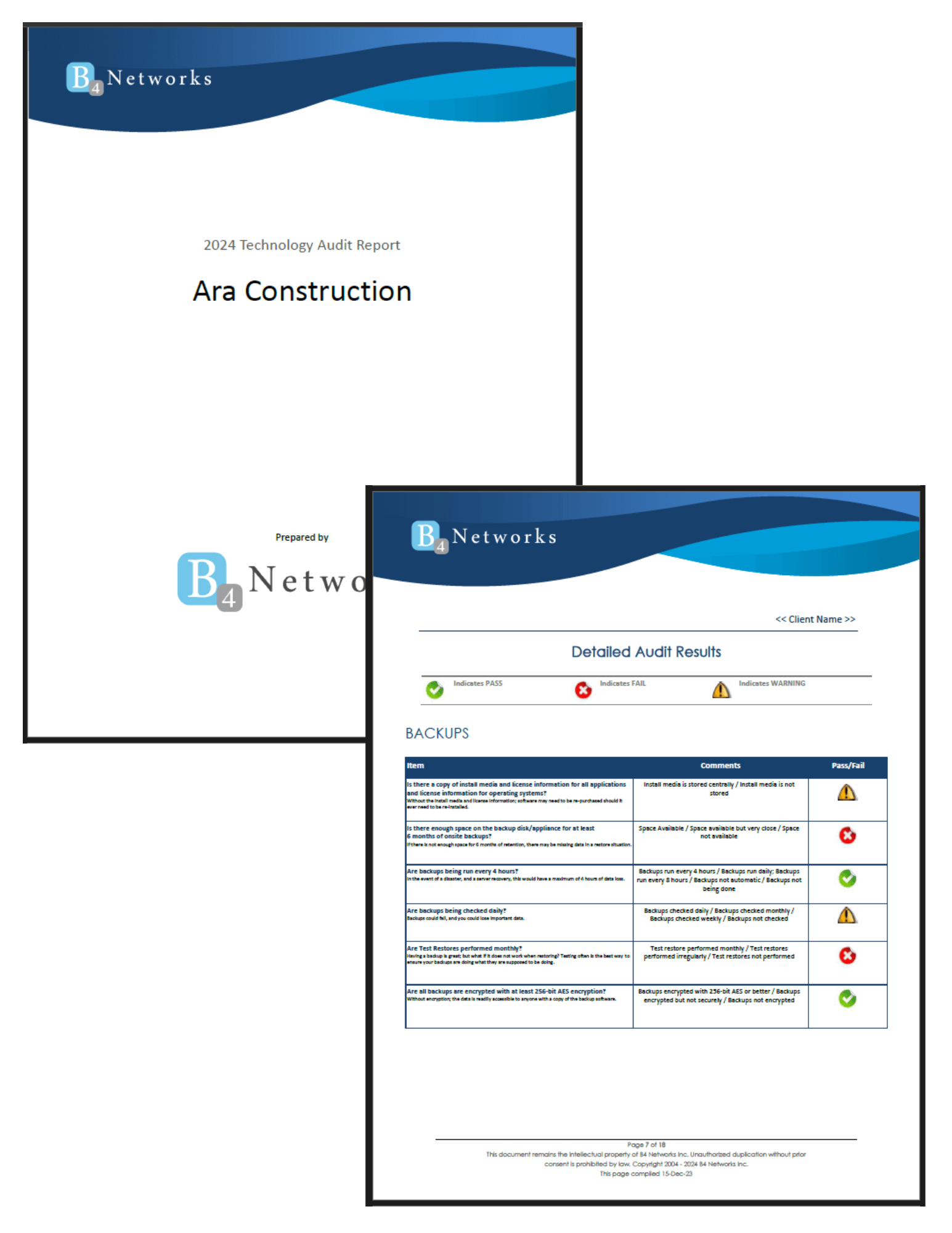Authored by: Bryan Lachapelle, President & CEO
 What Is MFA and Why It Matters
What Is MFA and Why It Matters
MFA adds a second layer of verification beyond a standard password. This might be a code sent by text, a biometric scan like a fingerprint, or a prompt from an authentication app. It is designed to make unauthorized access more difficult, especially in industries that handle sensitive data such as accounting, finance, or healthcare.
However, like any tool, MFA is only as strong as its implementation and the people using it.
Case Study 1: When a Simple Text Cost Everything
A professional recently received a WhatsApp message from someone claiming to be a friend. The sender requested a verification code to regain access to their account. Trusting the message, the individual shared the code.
Within minutes, multiple accounts including Gmail, WhatsApp, Facebook, and Instagram were compromised. The attacker quickly changed the recovery phone number and email address, effectively locking the user out.
Recovery took two days and required verification through photo ID, previous passwords, and contact details. While the accounts were eventually restored, the disruption and potential data exposure were significant.
Lesson: MFA codes should never be shared. No legitimate support representative will ask for one unsolicited.
Case Study 2: A Subtle Attack Called MFA Fatigue
In another scenario, a business owner began receiving multiple MFA requests from their banking app. At first, these seemed like routine prompts from accounting software integrations such as QuickBooks.
But the activity was actually part of an MFA fatigue attack, a tactic where cybercriminals flood the user with approval requests, hoping one will be mistakenly accepted.
Fortunately, the user recognized the pattern and changed all passwords. The MFA prompts stopped immediately.
Lesson: Multiple unexpected verification requests are a red flag. Never approve a prompt that was not intentionally triggered.
Moving Forward: Stronger Authentication Strategies
To reduce the risk of MFA-related breaches, businesses are encouraged to:
- Use authentication apps instead of relying on SMS or email-based codes.
- Enable biometric authentication where possible.
- Consider passkeys, a modern alternative to passwords that uses cryptographic keys stored securely on the user’s device.
- Educate staff regularly on common cyber threats, including MFA manipulation.
Final Thoughts
MFA remains a crucial part of any cybersecurity strategy, especially for firms handling confidential financial data. But like any tool, its effectiveness depends on how it is used and understood.
Protecting authentication credentials is as important as safeguarding client files or locking the office at night. With stronger habits and awareness, firms can close common security gaps before they are exploited.
Ready to take the guesswork out of cybersecurity?
Let our team audit your current MFA setup and show you safer, smarter ways to protect your clients and your firm. Book a 15-minute consultation today and take the first step toward peace of mind - no jargon, no pressure, just clear guidance from a team that understands accounting.



